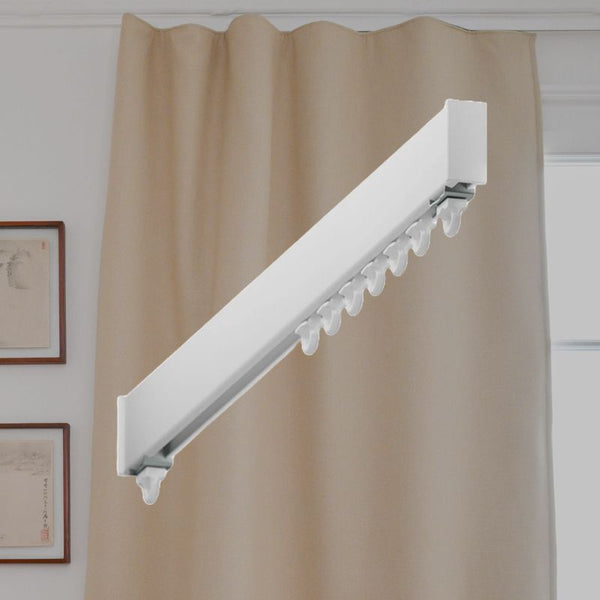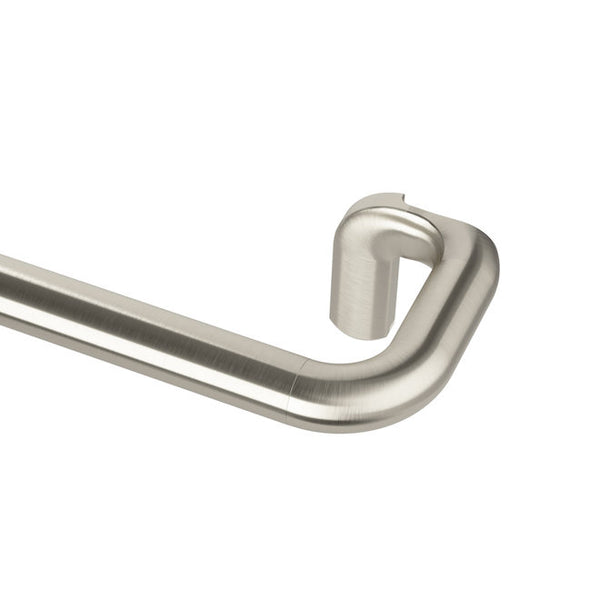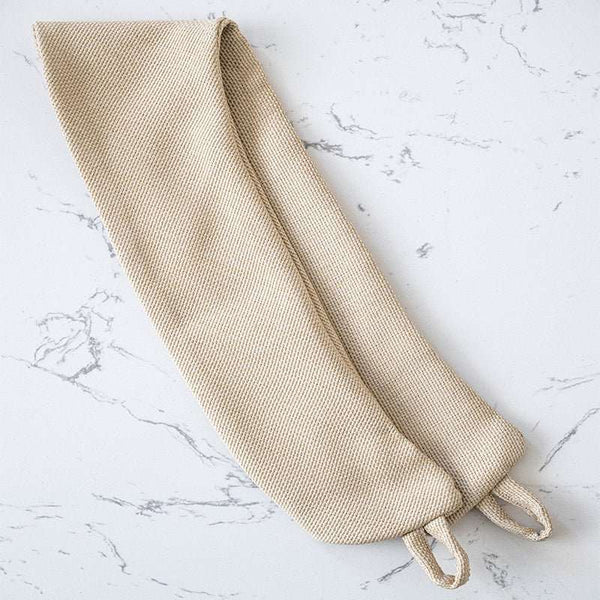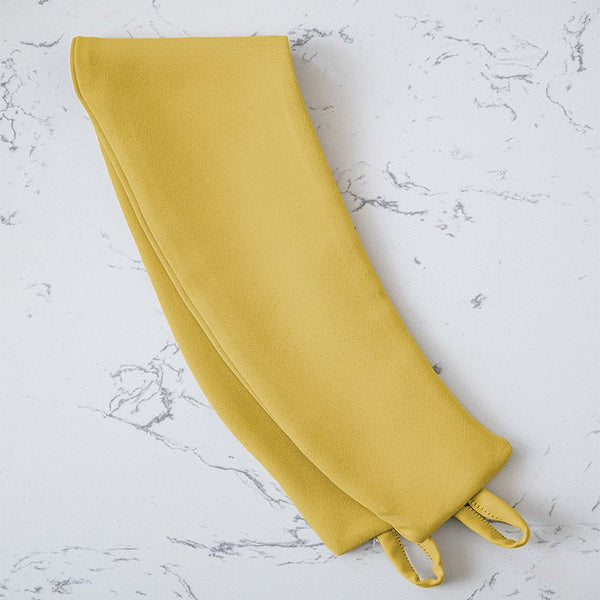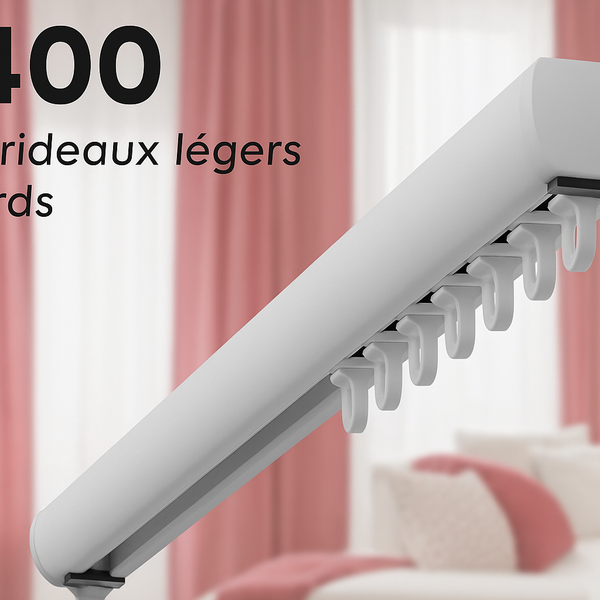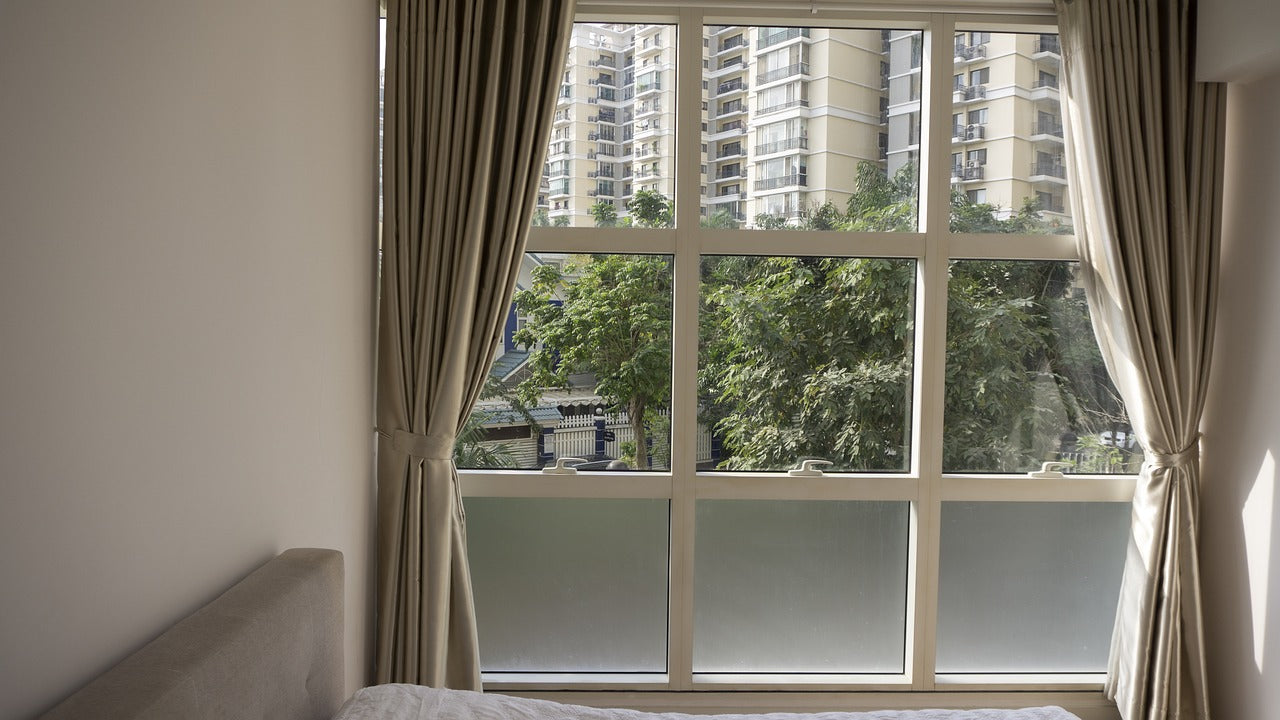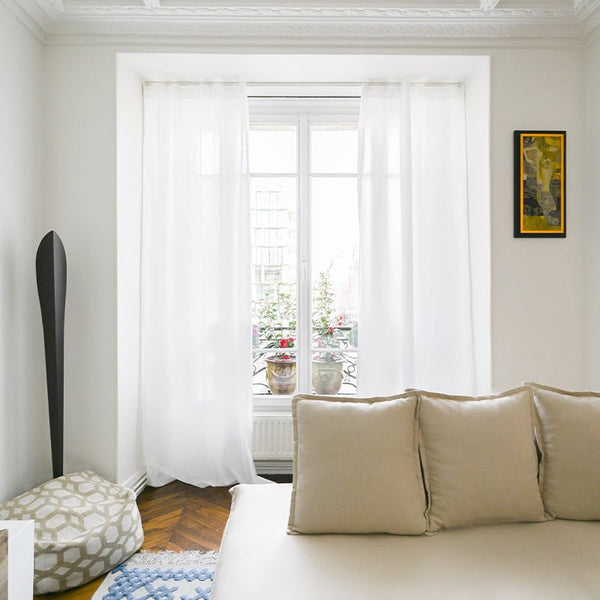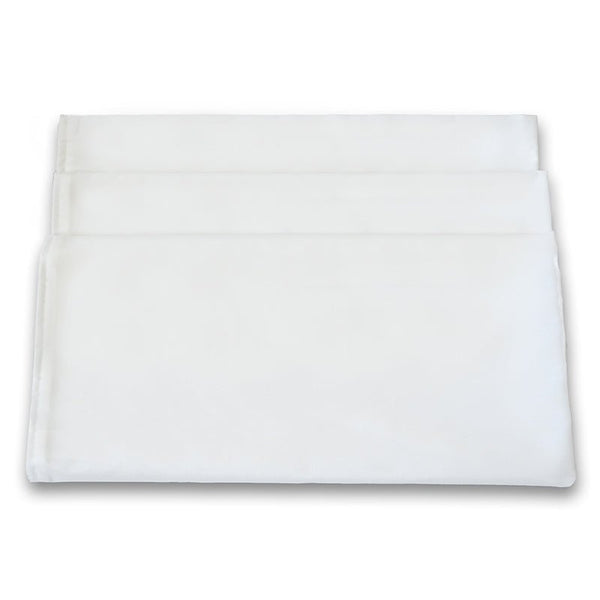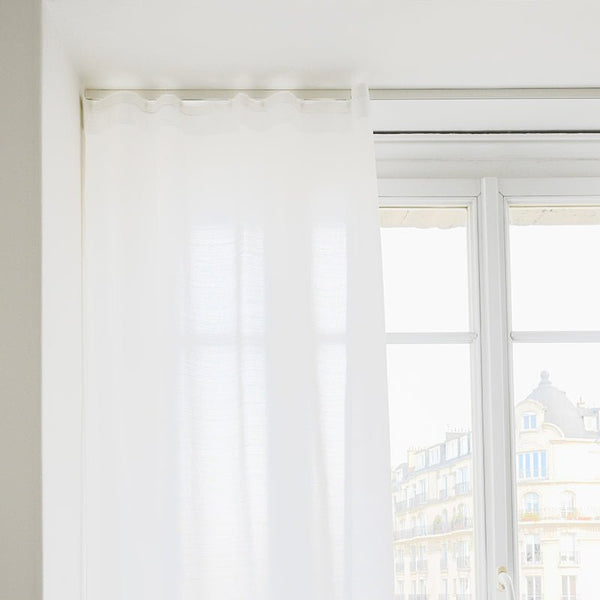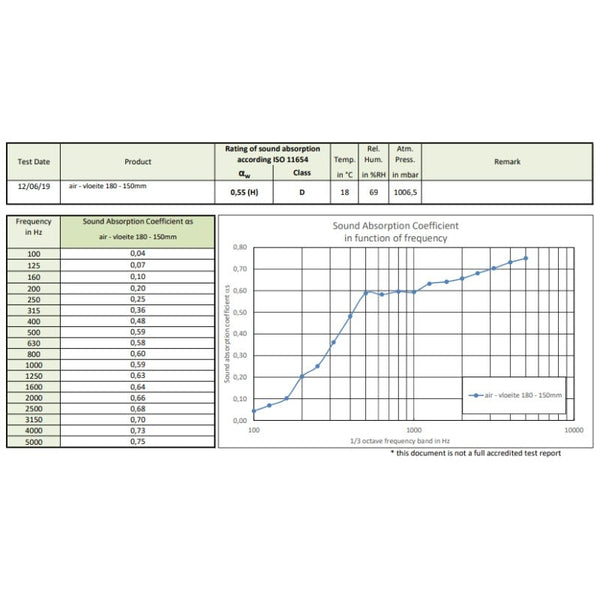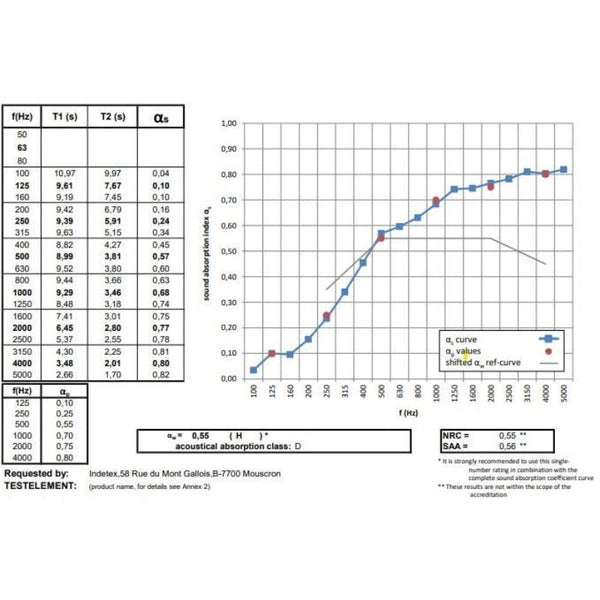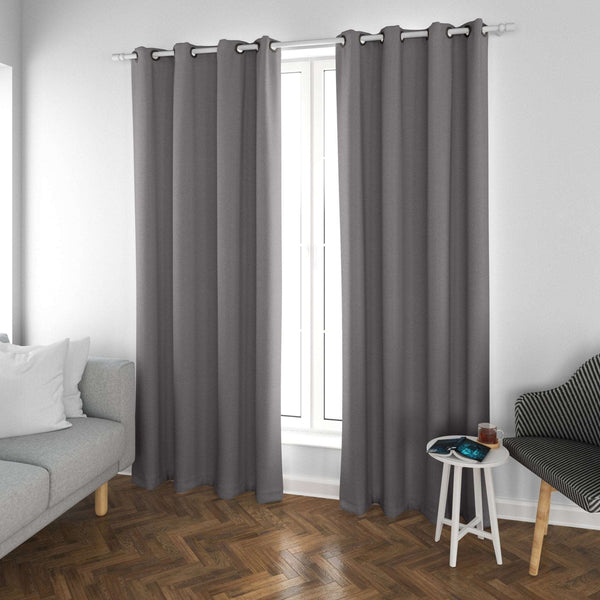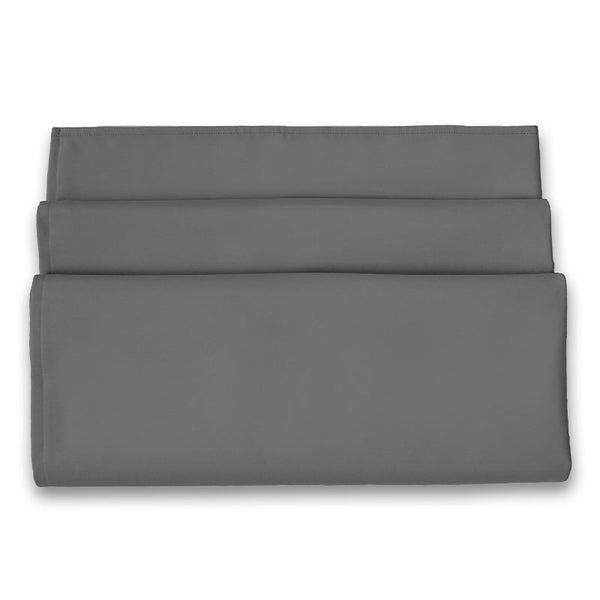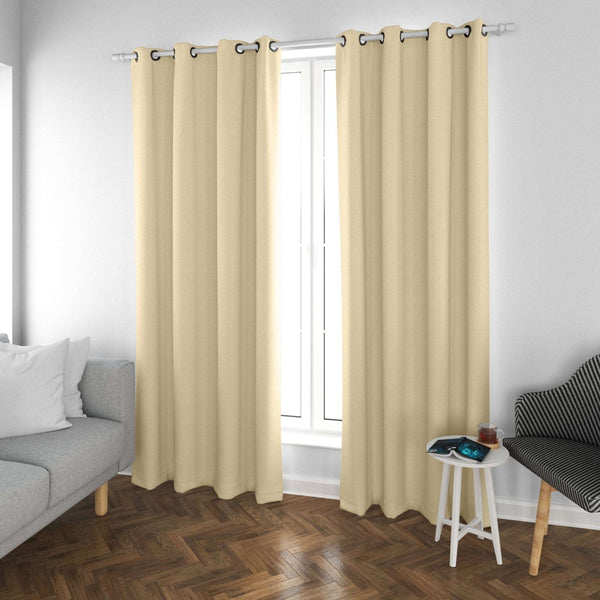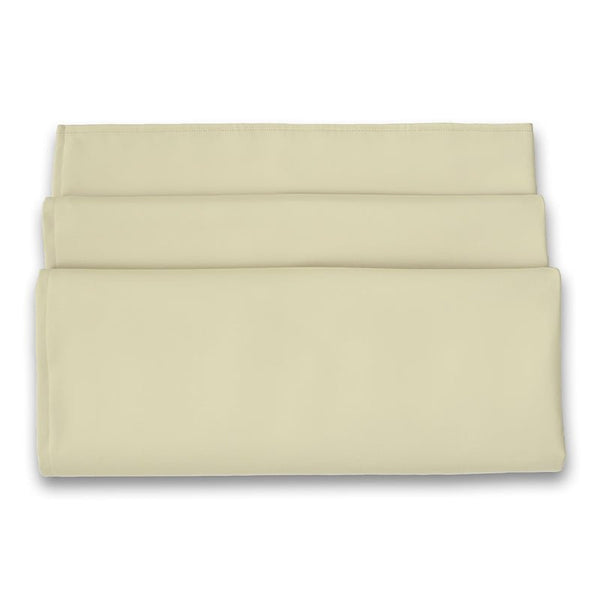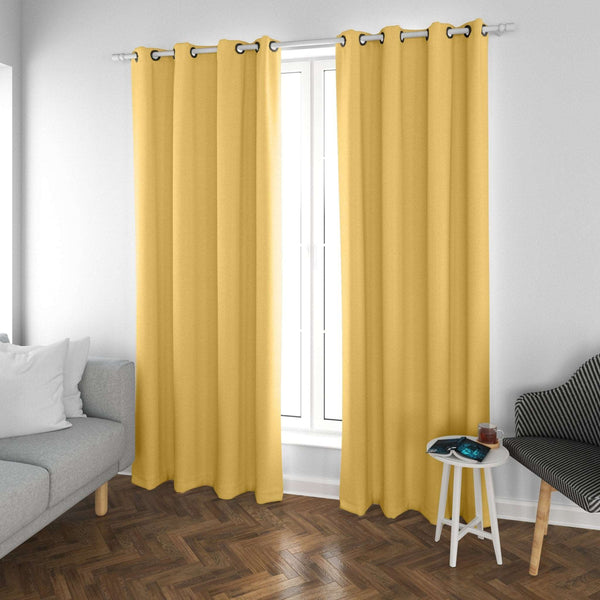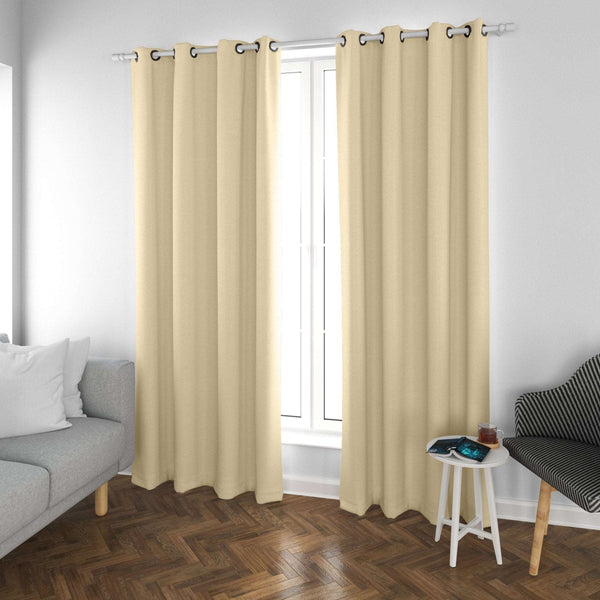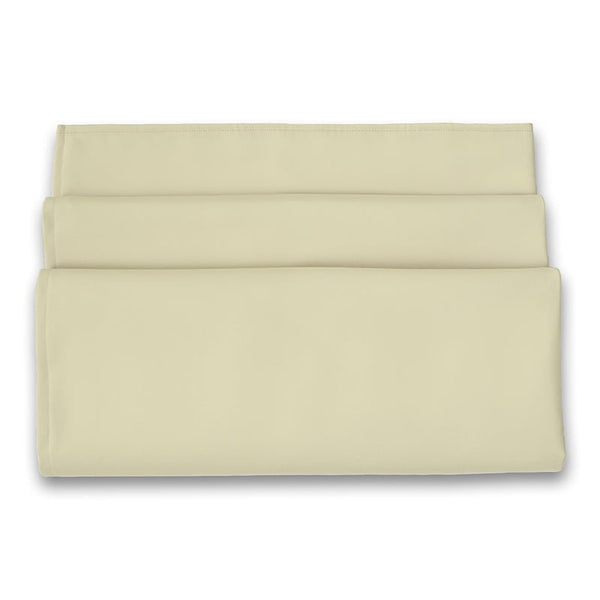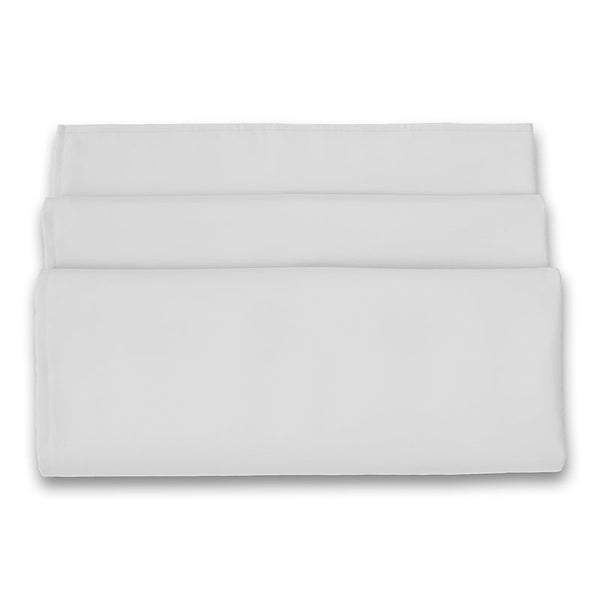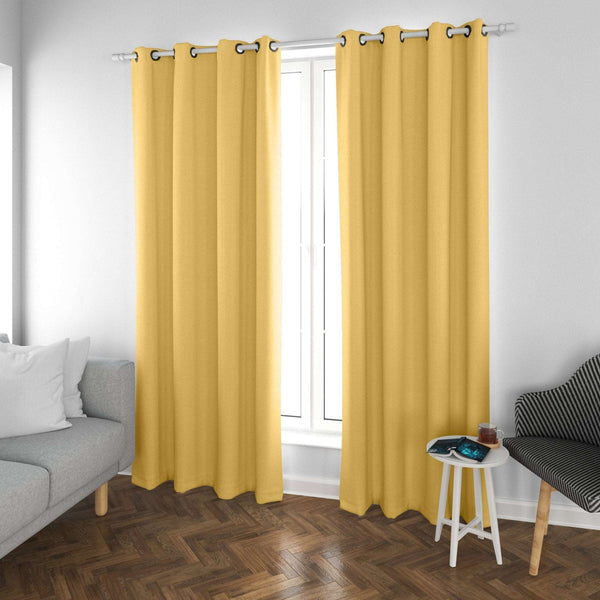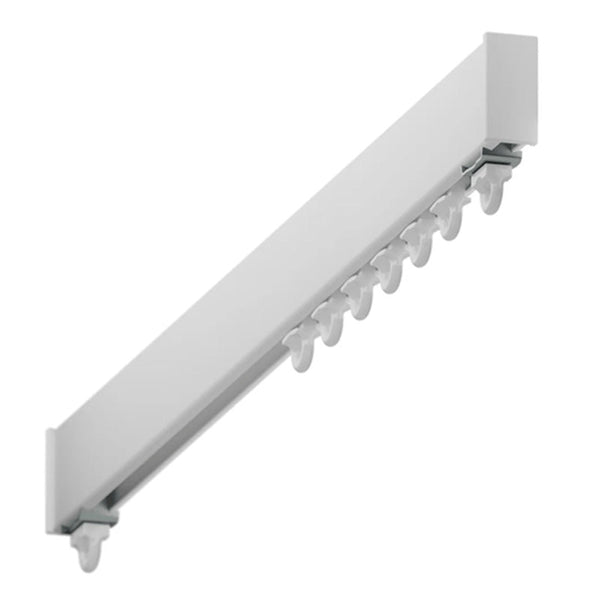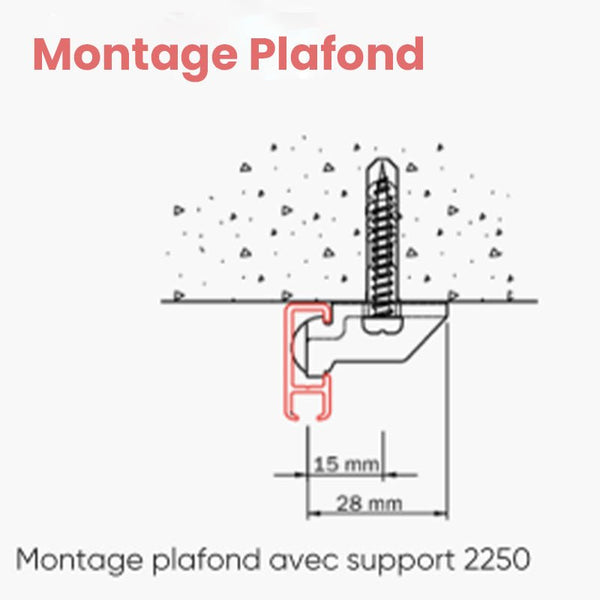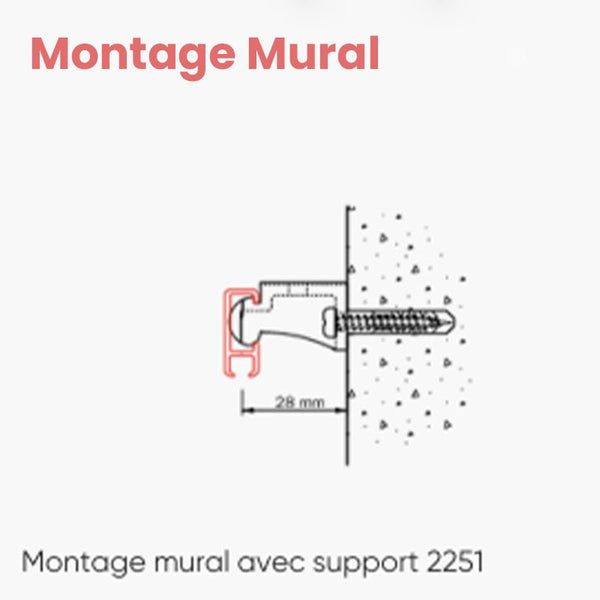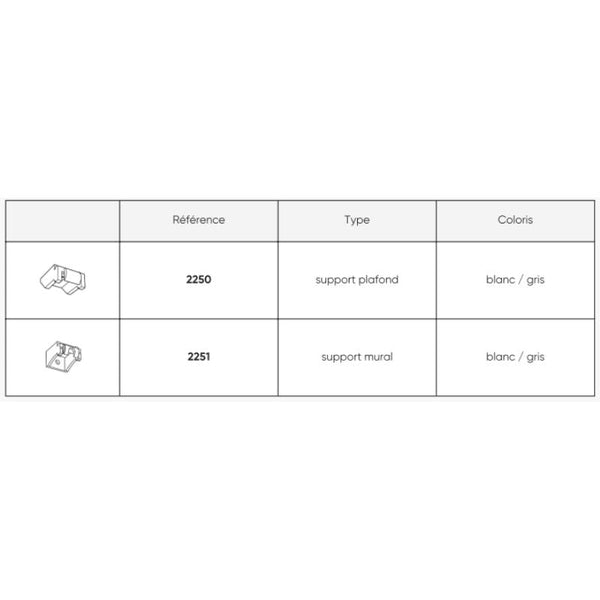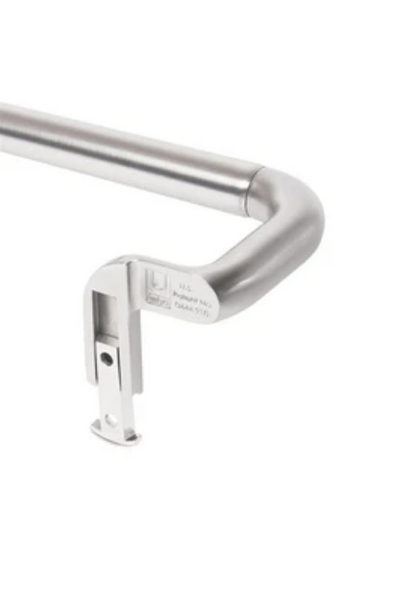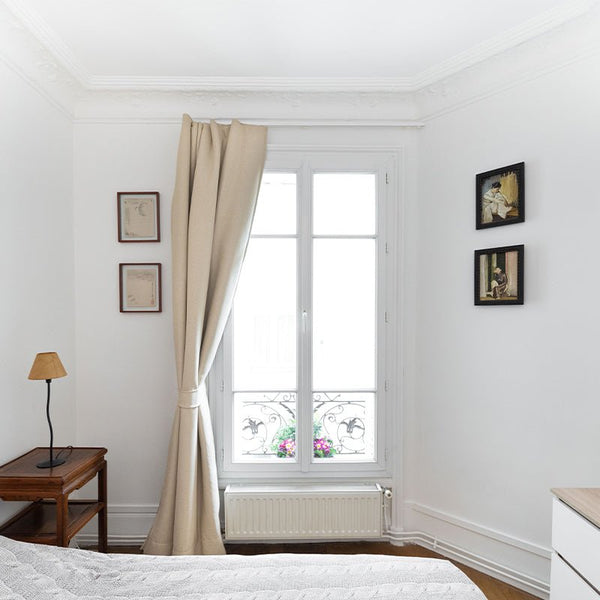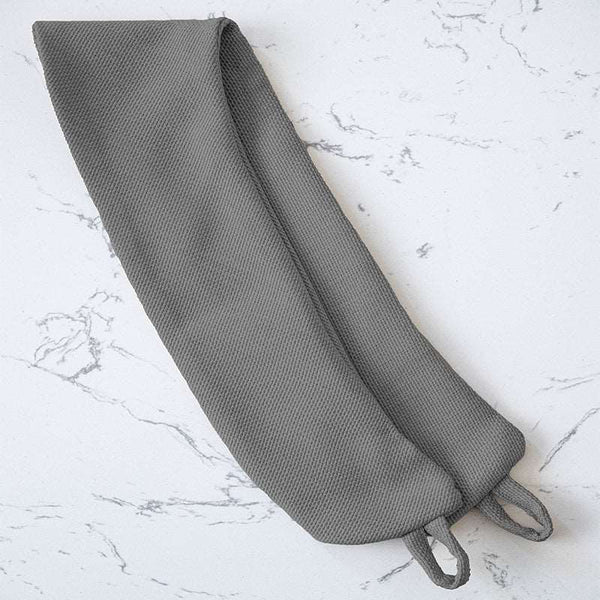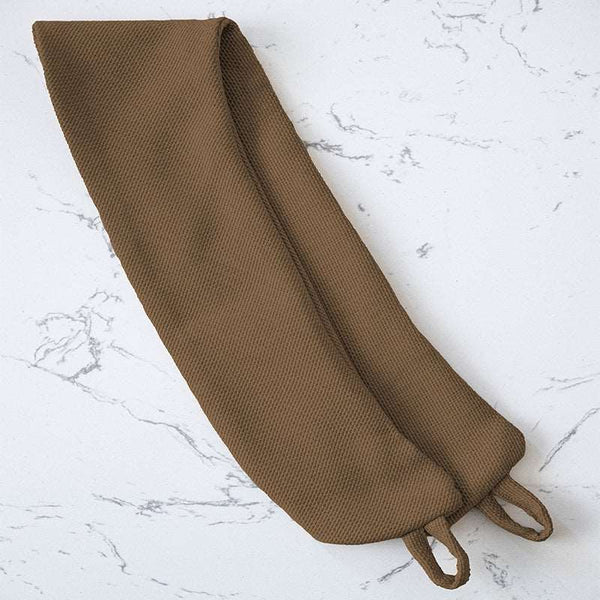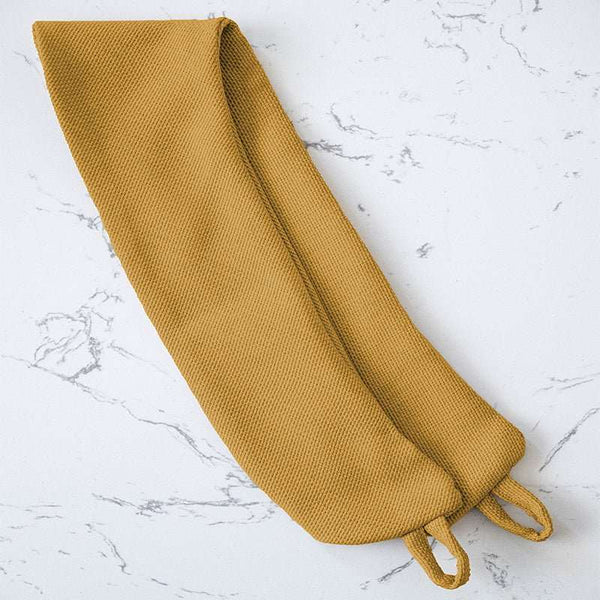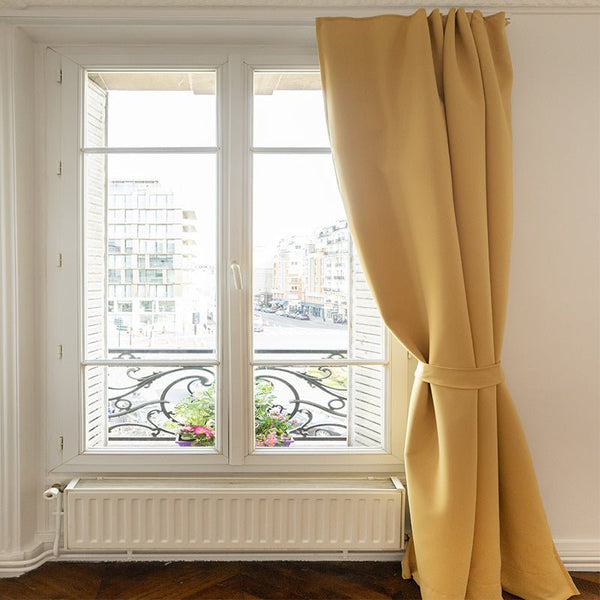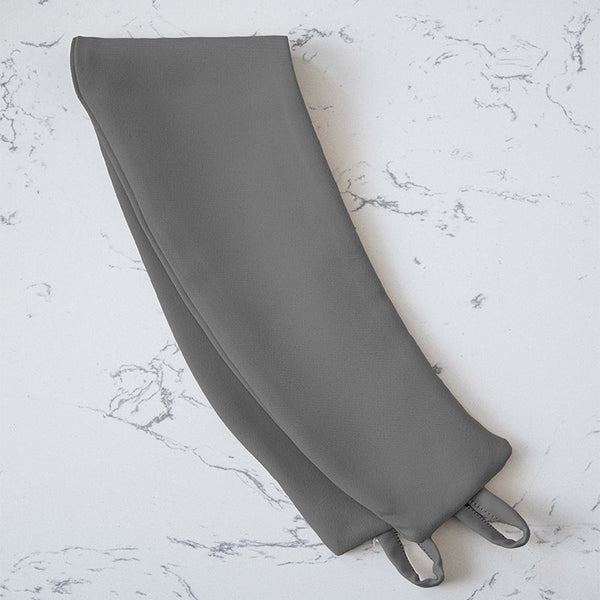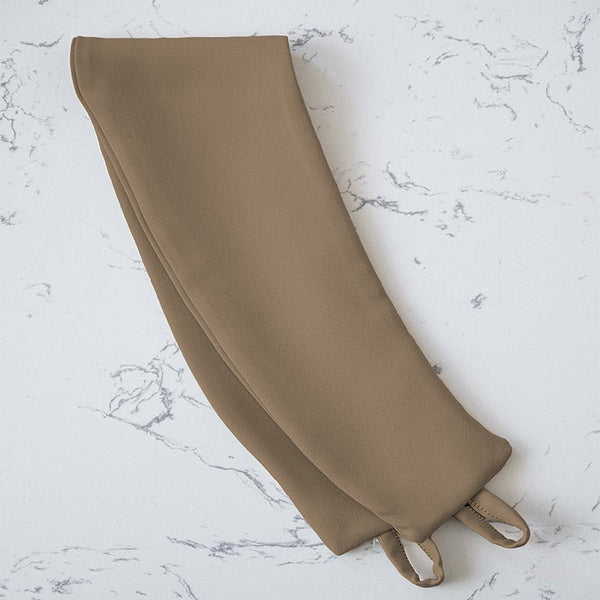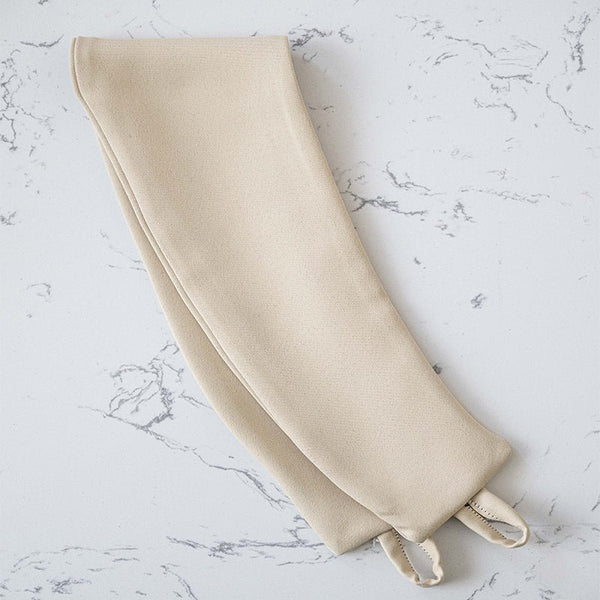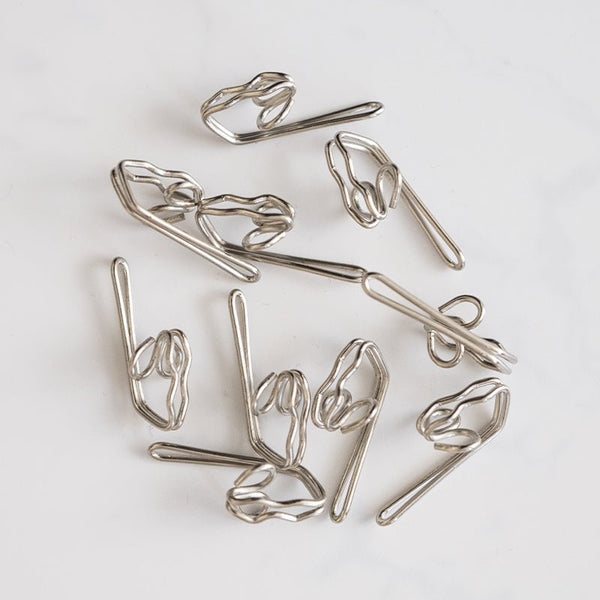The positioning of a thermal curtain determines its effectiveness. It must cover the entire window and fit snugly around the edges to block draughts. This accessory has been designed to reduce heat loss through openings. Made from thick, insulating materials, it helps maintain a constant, pleasant indoor temperature all year round. So, which way should a thermal curtain be installed? Here's some practical advice.
Understanding thermal curtains
Detailed description of thermal curtains
Thermal curtains are designed to improve the thermal insulation of a room. They are made from thick fabrics such as polyester, velvet or cotton. They can also include a lining to enhance soundproofing. Thermal fleece or aluminum curtains act as a reflective barrier. It reflects heat back into the house in winter and prevents outside light from entering the window in summer. In this way, it can combat temperature variations. Thermal curtains can also block draughts through window gaps. It reduces the need for air conditioning and heating. As a result, it can improve a home's energy efficiency.
Differences between thermal curtains and ordinary curtains
Thermal and acoustic curtains differ from ordinary curtains in their characteristics. Their materials are denser and heavier. What's more, they are able to reduce heat loss. In contrast, conventional curtains offer less thermal insulation. They let in draughts more easily and don't contribute to energy efficiency. In fact, they have only a decorative function.
Optimum orientation of thermal curtains
Tips on how to orient curtains for maximum efficiency
The question is: which way to install a thermal curtain? Here are some practical tips to help you:
- liner orientation: the thermal liner must be oriented towards the window to allow the insulating layer to block airflow and reflect heat back into the room;
- window covering: curtains should cover the entire window to keep heat loss to a minimum;
- distance from the window: place insulating curtains as close as possible to the glass to create an effective thermal barrier;
- adjustment: adjust curtains to window edges to prevent draughts;
- superimposing curtains: for optimum insulation, superimpose thermal curtains with ordinary curtains.
Examples and illustrations to help you understand correct orientation
Let's take a few examples to better explain the orientation and direction of thermal curtains:
1st example
Stand facing your window and install your curtains so that the thermal lining faces the glass. Bring the two as close together as possible for optimum efficiency. Then install the curtains the other way round, and you'll notice that more heat is lost.
2nd example
Install curtains that don't fit the window. You'll notice that, despite their thickness, they won't be able to prevent draughts. What's more, they encourage heat loss. On the other hand, if you opt for curtains that are wide enough to cover the entire window surface, you'll benefit from high-quality thermal insulation.
Installation and maintenance of thermal curtains
Steps for correctly installing thermal curtains
Follow these steps to install your thermal curtains correctly:
- fix the rod: fix the rod supports to the ceiling or wall, making sure that both are horizontal;
- hang the curtains: attach the rings or hooks to the rod and spread them out for a uniform look;
- adjust curtains: curtains should be adjusted to the right height from the floor. At the same time, make sure they cover the window completely.
Maintenance tips to maintain efficiency and durability
Of course, it's important to know which way to put a thermal curtain, but the question of maintenance is just as important to guarantee its effectiveness and durability. Here are a few tips to follow:
Cleaning
Clean your curtains regularly to remove dust and particles that can reduce their effectiveness. Simply follow the manufacturer's instructions.
Dry cleaning
If your insulating curtains require dry-cleaning, it's best to leave them to a professional so that they can be properly treated.
Protection from the sun
Avoid exposing your thermal curtains to the sun for long periods. This can cause discoloration and material damage.
Verification
Check curtain seams and fastenings regularly to make sure they're in good condition. Repair damage promptly to prevent further deterioration.
Thermal and acoustic curtains: a double advantage
Curtains that combine heat and sound insulation
Some curtain models combine both thermal and acoustic insulation. They are made from insulating materials and feature a thermal lining. They also benefit from an elegant, luxurious look and are available in many styles, designs and colors. What's more, they can be installed in any room, including bedrooms, home offices and living rooms.
The benefits of these curtains in terms of thermal comfort and noise reduction
Thermal and sound insulation curtains offer a versatile solution for restoring calm and increasing comfort in the home. In fact, they are designed both to reduce heating and air-conditioning requirements and to combat noise pollution. On the one hand, they prevent cold winter air from entering the room, and block excessive heat from the sun in summer. On the other, they reduce unwanted noise by absorbing sound. In this way, curtains create a more pleasant, energy-efficient and quiet indoor environment. They are an interesting option for avoiding costly insulation work.
Additional tips and tricks
Tips for improving the efficiency of thermal curtains
To improve the effectiveness of the thermal insulation curtain, you can use additional linings. They provide excellent insulation. In addition, follow the manufacturer's instructions on maintenance. This will preserve their performance and quality. Finally, don't forget to close your curtains at night to maintain a pleasant temperature in the house while you sleep.
Answers to frequently asked questions about thermal curtains
Here are answers to frequently asked questions about thermal curtains:
Are thermal curtains effective?
Yes, thermal curtains are designed to combat draughts and reduce heat loss.
Can thermal curtains reduce outside noise?
Yes, some thermal curtains feature a special lining to absorb and attenuate noise.
What materials are used to make thermal curtains?
Thermal curtains are generally made from insulating thermal fabrics such as velvet, aluminum, cotton and polyester.
Are thermal curtains easy to maintain?
Yes, the manufacturer gives clear instructions on how to care for thermal curtains to ensure their durability.
How and in what direction should a thermal curtain be installed?
Position the lining against the glass to maximize the effectiveness of the thermal curtain.
For thermal and acoustic curtains, trust Nokomis
For greater comfort and energy efficiency on a daily basis, choose our thermal and acoustic curtains. We manufacture them from high-quality fabrics to help you reduce your energy consumption. Whether you're looking for solutions to boost your thermal insulation or create a peaceful indoor environment, we have a wide choice of products to meet your expectations. What's more, they come in a wide range of colors to match your interior decor.
